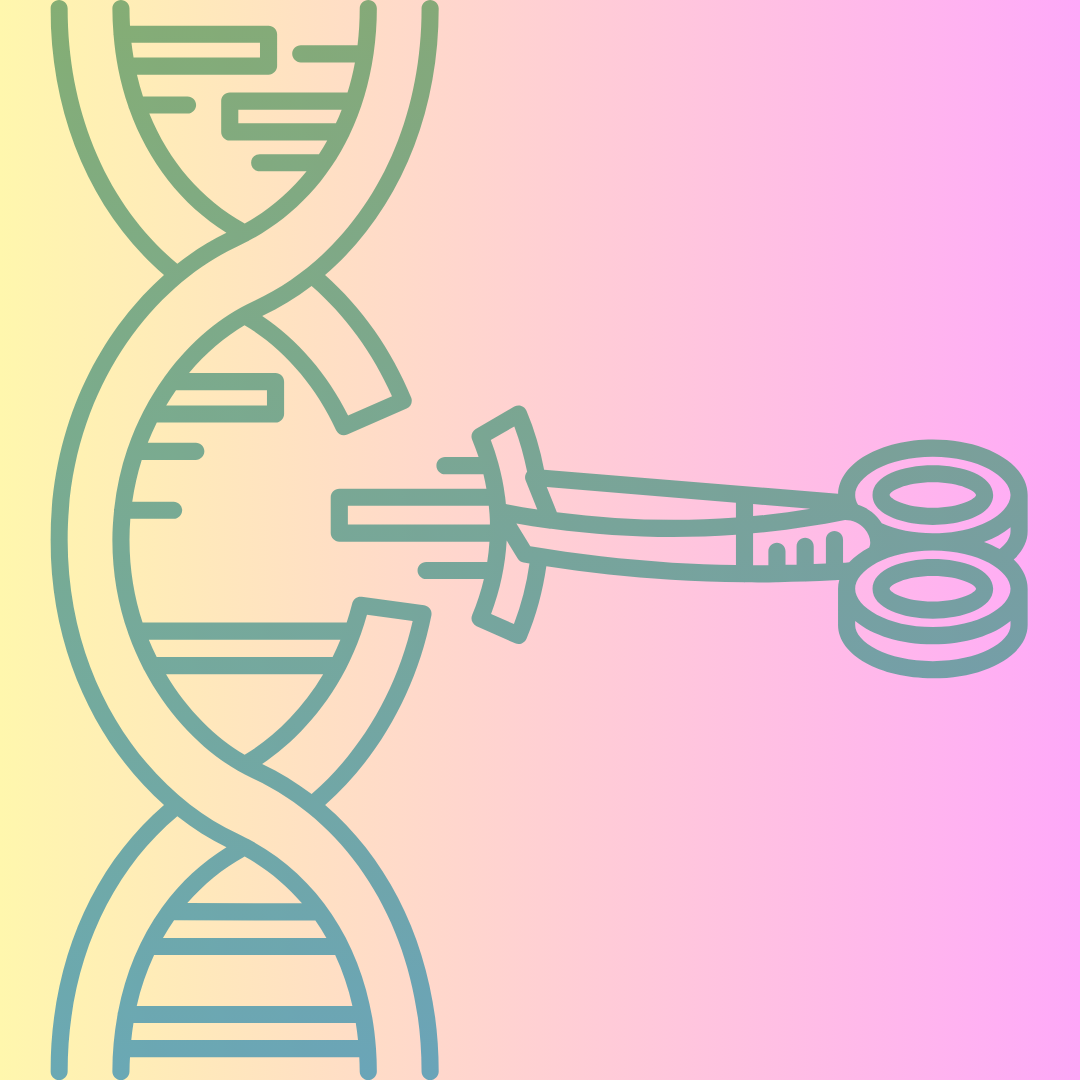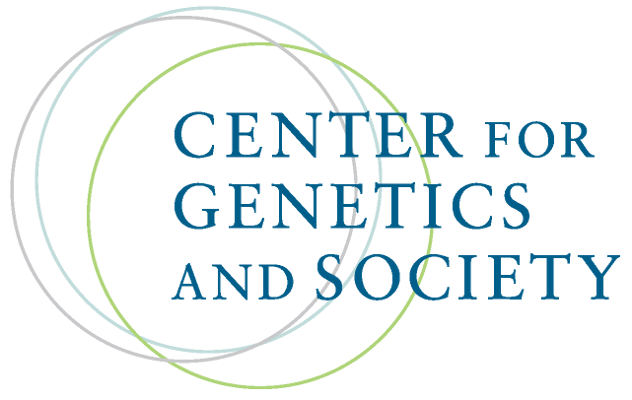At meeting on guardrails for gene editing of human embryos, some call for a dead end
By Megan Molteni,
Stat
| 03. 28. 2025
WASHINGTON — Keith Joung knows better than a lot of people what, exactly, it might require to prove to regulators and patients that CRISPR could be safely used to alter the genome of a human embryo. If, of course, society decided that was a good idea. Joung, an early pioneer of the gene-editing technology, was the first to show CRISPR could target and cut DNA inside an embryo — in zebrafish — back in 2013.
Not long after, his group was among the earliest to discover that CRISPR could get a bit sloppy — inadvertently slicing up unintended regions of the genome in all sorts of cells — complicating hopes it might be used to cure illnesses from cancer to muscular dystrophy. A pathologist by training, Joung has spent much of the intervening decade designing ever-more sensitive methods for detecting these so-called off-target effects and finding ways to minimize the chances they occur.
Such methods have, in the last two years, proved pivotal in the decisions by regulators to approve the first CRISPR-based medicine — an infusion of gene-edited blood...
Related Articles
By Jenny Lange, BioNews | 12.01.2025
A UK toddler with a rare genetic condition was the first person to receive a new gene therapy that appears to halt disease progression.
Oliver, now three years old, has Hunter syndrome, an inherited genetic disorder that leads to physical...
By Grace Won, KQED [with CGS' Katie Hasson] | 12.02.2025
In the U.S., it’s illegal to edit genes in human embryos with the intention of creating a genetically engineered baby. But according to the Wall Street Journal, Bay Area startups are focused on just that. It wouldn’t be the first...
By Pam Belluck and Carl Zimmer, The New York Times | 11.19.2025
Gene-editing therapies offer great hope for treating rare diseases, but they face big hurdles: the tremendous time and resources involved in devising a treatment that might only apply to a small number of patients.
A study published on Wednesday...
Several recent Biopolitical Times posts (1, 2, 3, 4) have called attention to the alarmingly rapid commercialization of “designer baby” technologies: polygenic embryo screening (especially its use to purportedly screen for traits like intelligence), in vitro gametogenesis (lab-made eggs and sperm), and heritable genome editing (also termed embryo editing or reproductive gene editing). Those three, together with artificial wombs, have been dubbed the “Gattaca stack” by Brian Armstrong, CEO of the cryptocurrency company...




